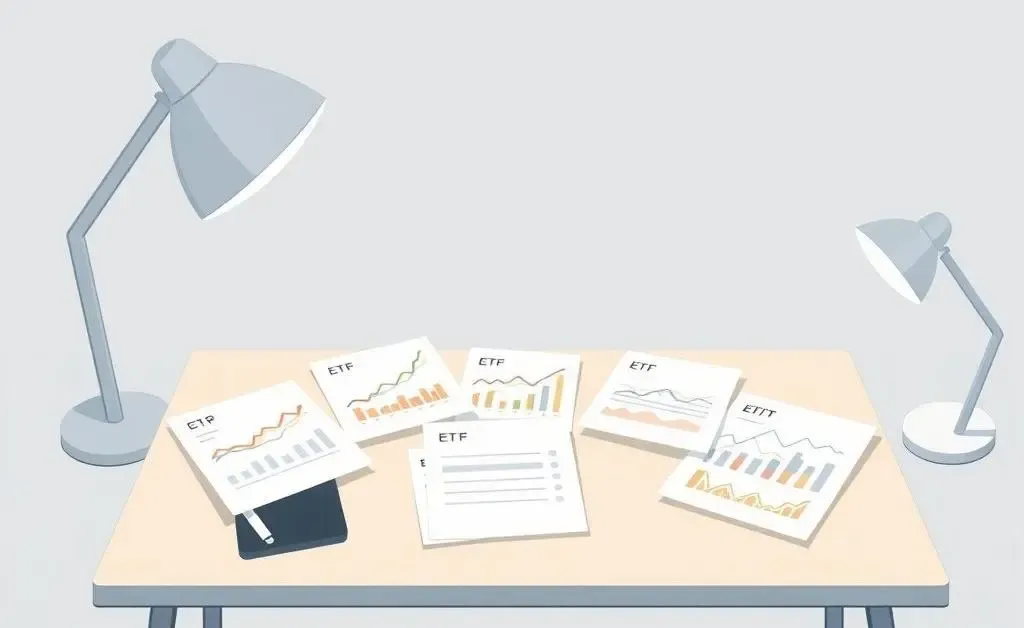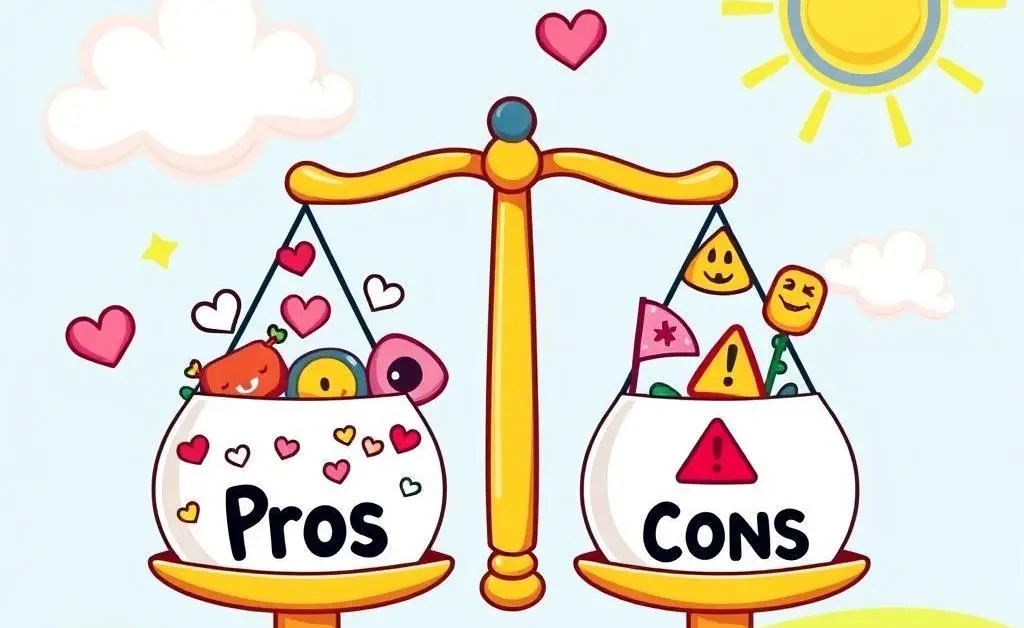Understanding ETF Options: Accumulating vs. Distributing
Explore the differences between accumulating and distributing ETFs in a warm, engaging, and insightful way.

Hey, have you ever found yourself standing in the investment aisle of life, puzzled over the choice between accumulating ETFs and distributing ETFs? Trust me, you’re not alone. Let’s explore both options and see if we can make this less of a finance riddle and more like a friendly chat over your favorite brew.
What’s the Deal with Accumulating and Distributing ETFs?
If you're new to the world of Exchange-Traded Funds (ETFs), you might wonder whether to choose accumulating or distributing ones. The basic distinction lies in how they handle dividends. Accumulating ETFs reinvest dividends back into the fund, while distributing ETFs pay dividends out to investors. This subtle difference can impact your finances in interesting ways.

Why Do They Seem to Perform Similarly?
Here’s where things get intriguing. Despite their differences in dividend handling, both accumulating and distributing ETFs often show similar performance over time. The magic of compounding interest plays a big role here. Accumulating ETFs reinvest dividends, which grows the investment value over time. Meanwhile, distributing ETFs might not boost the overall value at the same pace, but they provide cash flow, which can be attractive to certain investors.
Choosing What Works for You
So, should you go with accumulating for the long term growth or distributing for regular income? The answer might depend on your current financial needs and goals. If you're still building your nest egg, accumulating ETFs can grow your investment faster. But, if you need consistent income, distributing ETFs can put cash directly into your pocket.

Pros and Cons: Balancing Your Options
Any financial decision has its ups and downs. Here’s a quick breakdown:
- Accumulating ETFs: Great for reinvesting dividends and overall growth. However, they can make taxable events more complicated.
- Distributing ETFs: Offer regular income, making budgeting easier, but might grow slower due to non-reinvested dividends.

Final Thoughts
So, what's your investment style? Are you all about letting your money work silently, or do you prefer seeing those dividends come in? Each path has merit, and understanding the fine print can lead you to the right choice for your lifestyle and financial goals. How do you navigate these paths?




